Shelter and wellbeing are essential to the human experience, which makes them fundamental to the built environment. By measuring the potential effects of wind, sun and air temperature, we ensure every design brings with it comfort, safety and resilience.
Bioclimatic design input permeates our work, revealing insights to support all service teams. Our most valuable purpose is predicting environmental performance, and it’s made possible by the team’s three core qualities: 1) inherent curiosity, 2) a robust digital footprint, and 3) the power of applied research. It’s this unique combination that defines and fuels our approach and drives our R&D strategy. Consequently, it led to the birth of our multi-functional Bioclimatic Toolkit, created through a knowledge-sharing platform that connects us to academic institutes, independent specialists, and the broader company.
The Bioclimatic Toolkit empowers us to make digital simulations of the complex microclimate of a 3D urban environment. This intelligence boosts our technical expertise, enables a holistic view, flags site-specific challenges, and helps us find the best possible solution. And by using these insights early in the project, we can affect a positive impact on cost, performance and, crucially, end-user wellbeing.
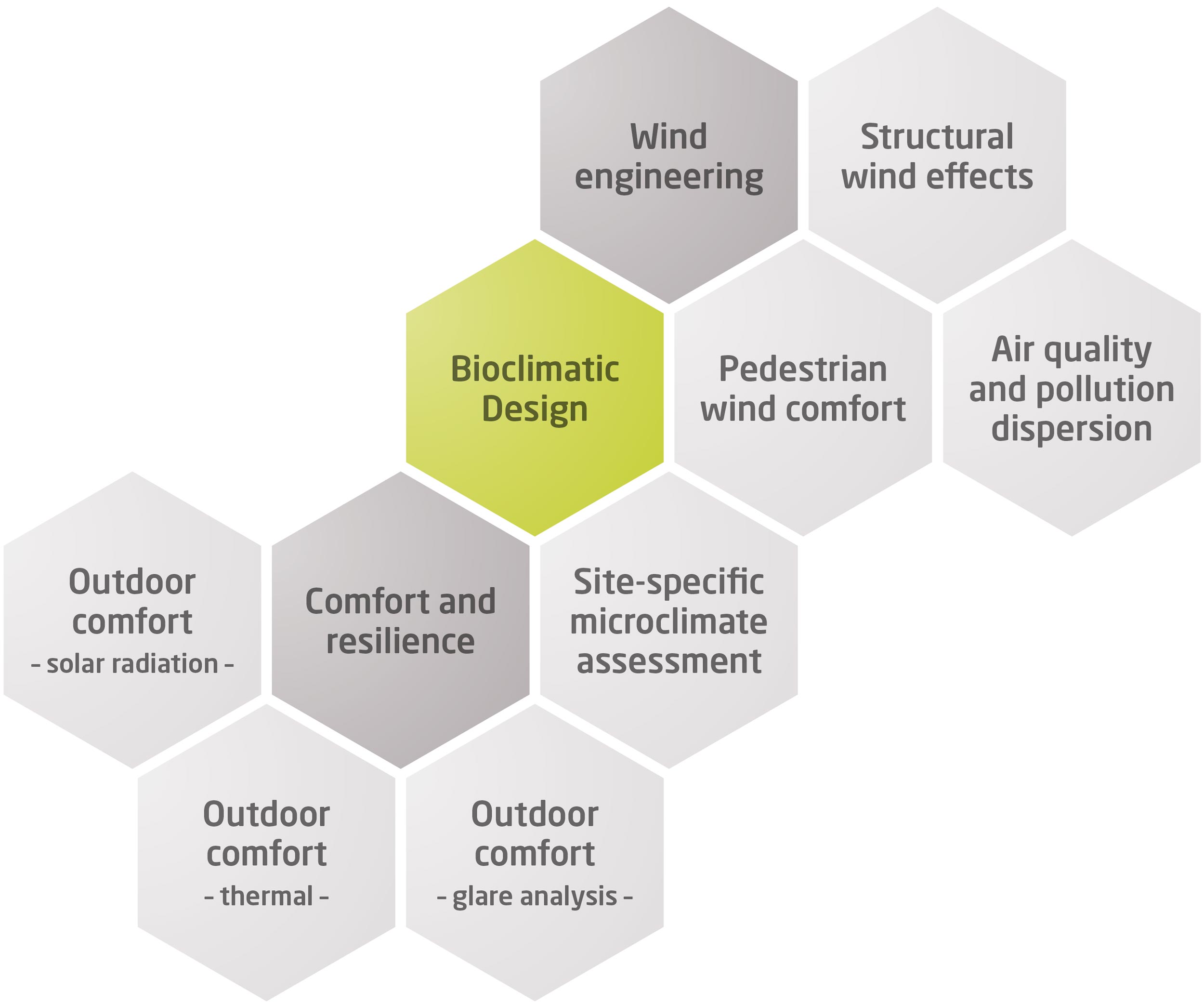
This invaluable resource is a design interrogation tool and a guide for planning applications. It’s a fact finder, a probability gauge and a trouble-shooter. It aids consultation and decision making. And it clearly and easily completes the picture of understanding for clients, architects and engineers.
We can evaluate performance at masterplan and building levels, allowing us to optimise shape and orientation to improve comfort and reduce carbon footprint. And we can provide a detailed assessment at component level to inform the design of building features. Essentially, it empowers our Bioclimatic Services team to focus on three crucial aspects: Wind Engineering, Comfort & Resilience, and Building Physics.
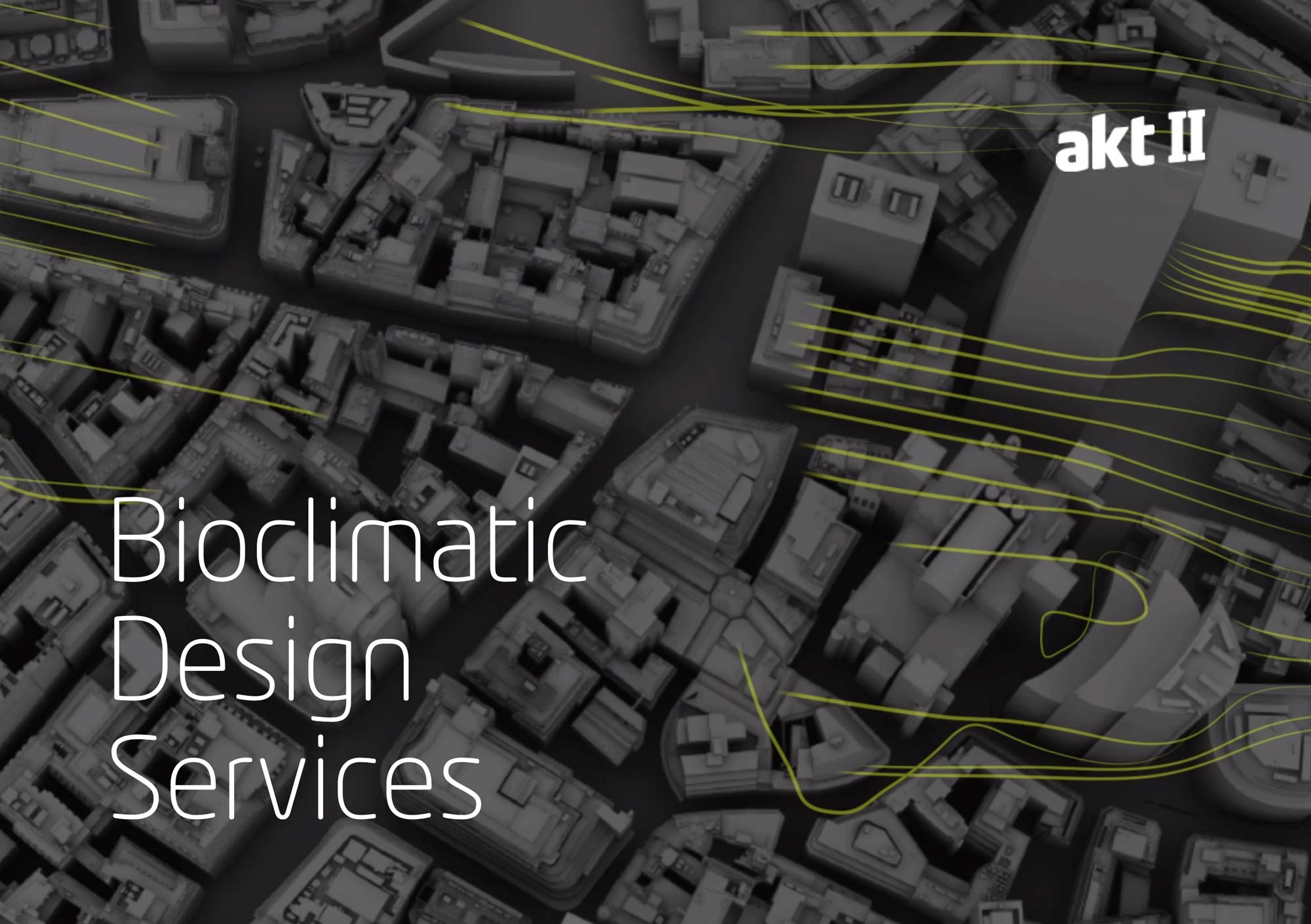
How can your project can benefit from our Bioclimatic Design Services? Contact our team to find out how we can help.
[email protected]Wind comfort and safety is often a requirement in Environmental Impact Assessments (EIA) and planning applications. We can directly link 3D digital models to simulations and results, which means we can quickly investigate options to improve comfort and safety. All with a view of comparison with the existing situation, the proposed design and different iterations.
Within our wind engineering services, we can offer wind loading data and a structural response to support structural teams and Induced Vibration Comfort studies.
This is an essential part of our work, covering the many different considerations related to thermal and daylight urban comfort and safety. Through our Bioclimatic Toolkit, we can identify opportunities to mitigate heat stress, glare, and carbon footprint. The use of our unified Toolkit allows us to seamlessly interchange data between disciplines and holistically solve the most complex problems.
Whether we are inside or outside, health, safety and comfort are always important. In close collaboration with our Envelope Team, we investigate performance of a building at component level. This informs the discussion around materials and the shape and form of the envelope to guarantee structural reliability and an optimal environment.
The Toolkit has already demonstrated its versatility and power on private and commercial projects. Development of digital tools such as this not only reveals accurate performances criteria, it also empowers us to minimise unnecessary material consumption, provide insights for future developments, and answer the sustainability call in a faster and more effective way.
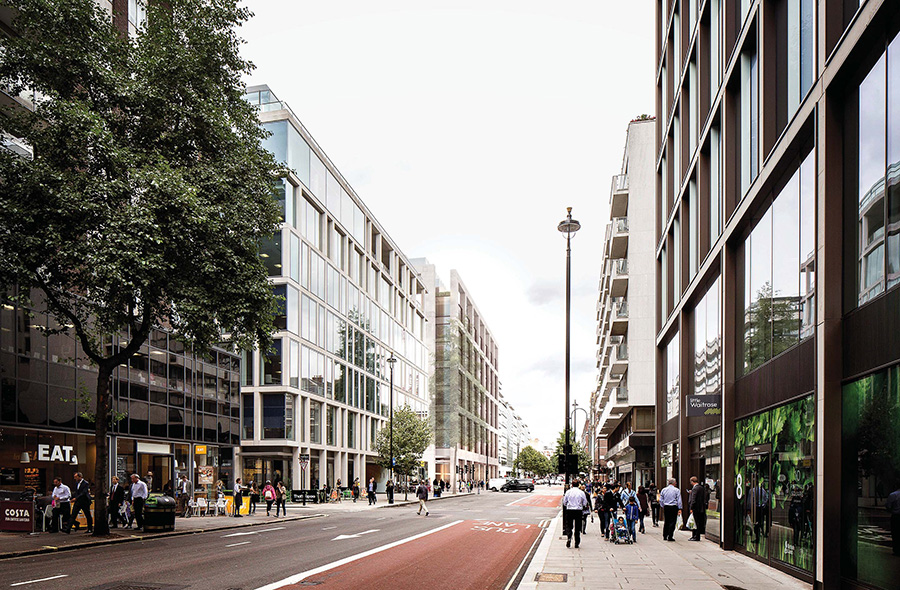 25
25 Luton Power Court
Luton Power Court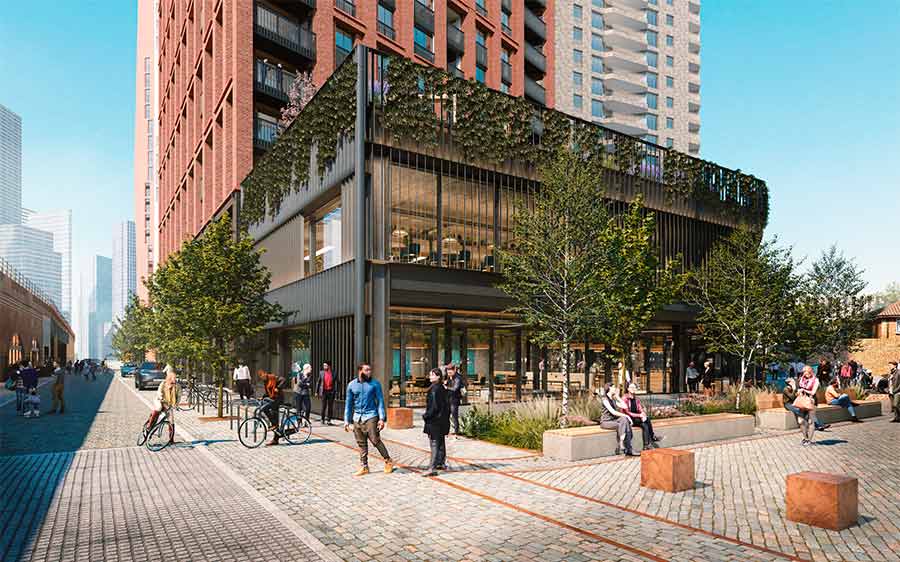 Apex
Apex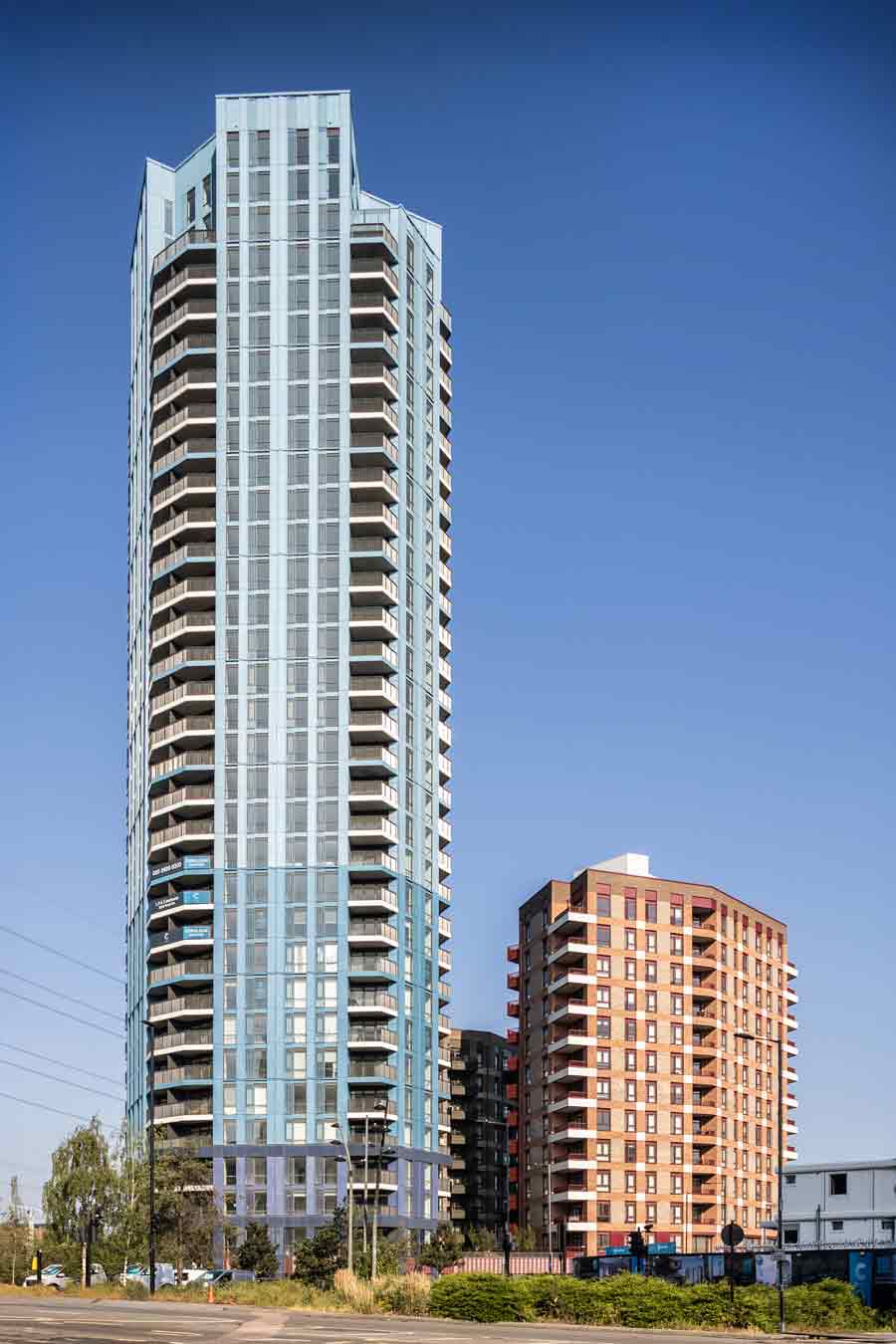 Cerulean
Cerulean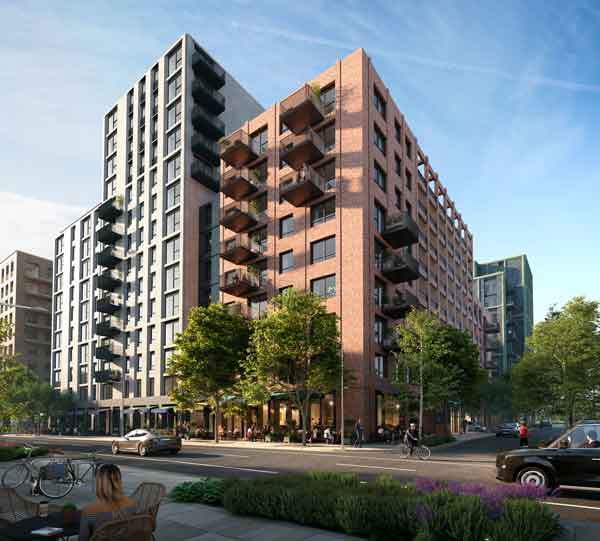 Brent Cross
Brent Cross 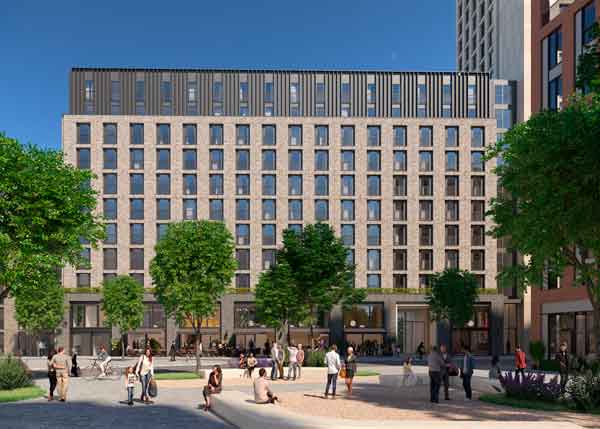 Brent Cross
Brent Cross 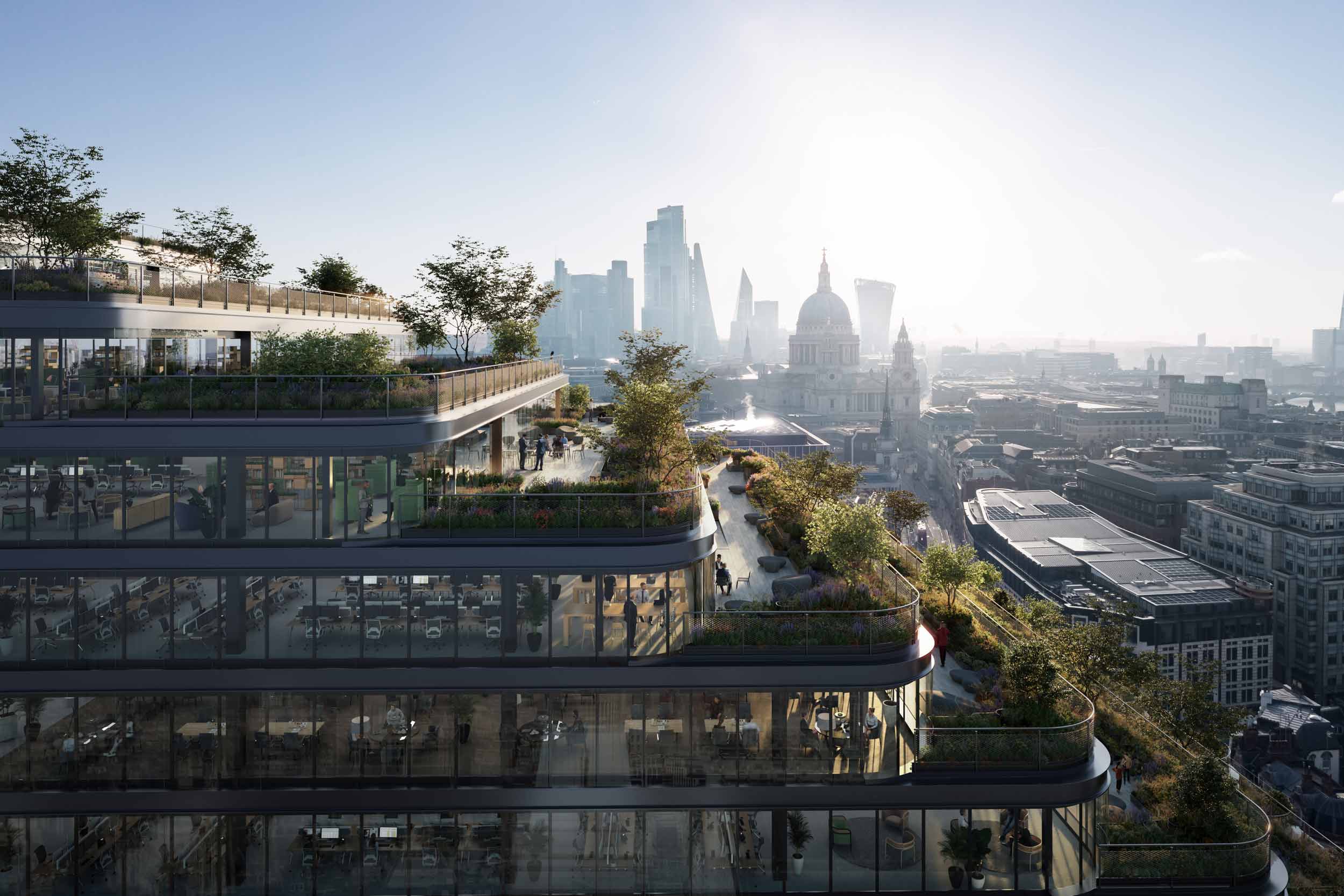 120
120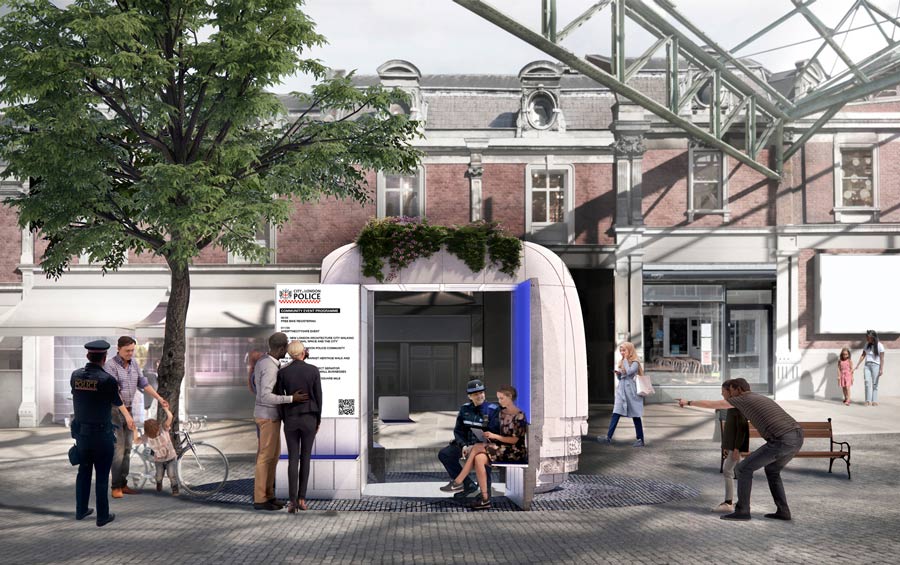 London
London